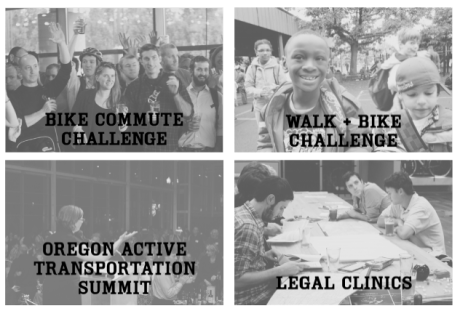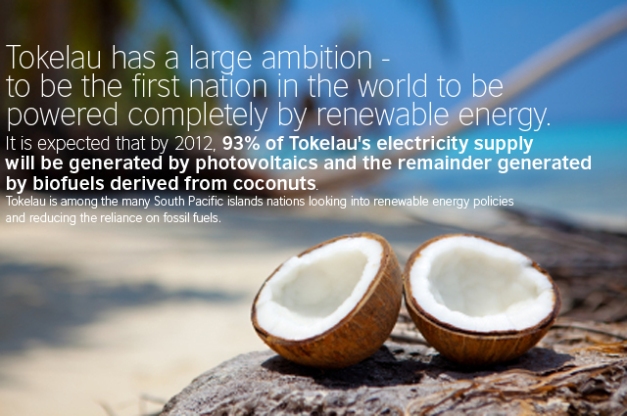This is the outside of Lawrence Berkeley National Laboratory’s new FLEXLAB
FLEXLAB is the world’s first energy use lab that will help builders and manufactures test entire building systems down to the component level on a significant scale.
This lab offers solutions for people who bring products to test out and want to use all of the lab’s equipment to do so, to people who want to bring their product to test out with their own machinery and equipment.
Current projects involve measuring energy usage for the Genentech building, PG&E and more!
The lab has 4 stations (shown in the video above) to accommodate a variety of testing scenarios including:
1. “Test-drive technologies”
2. “Individual circuits and meters”
3. “Lighting and plug-load elements”
4. “On-site training”
5. “Compression testing”
and more.
According to the FLEXLAB, there is a problem that buildings are designed to be energy efficient, but once they are being used they end up using a lot more energy than was planned. A new study even pointed out that energy efficient buildings sometimes use more than twice the energy than was expected based on their design.
Here’s an except from the lab’s website about what they offer:
FLEXLAB is the first test bed in the world that can evaluate the energy efficiency of major building systems, as an integrated system, under real-world conditions. Stakeholders can evaluate energy-efficient building technologies individually or as integrated systems in advance of building projects or retrofits, in order to:
- Optimize integrated systems to maximize energy savings
- Ensure occupant comfort and user-friendliness
- Verify cost-benefit numbers
- Train building operators
- Build confidence in new technologies
( Source: http://flexlab.lbl.gov/ )
Another great Green article from Green Halo
Track your recycling at www.greenhalosystems.com
Follow Green Halo on Twitter at http://twitter.com/greenhalousa









